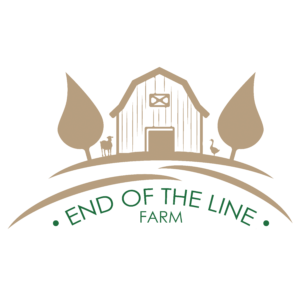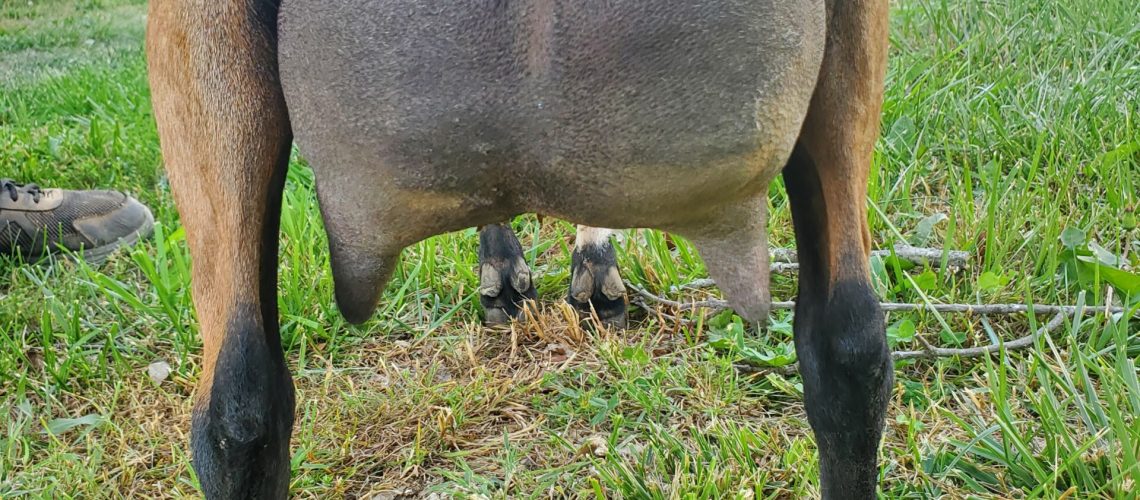
𝙊𝙩𝙝𝙚𝙧 𝙩𝙚𝙧𝙢𝙨 𝙩𝙤 𝙗𝙚 𝙖𝙬𝙖𝙧𝙚 𝙤𝙛 𝙖𝙧𝙚;
Sire: father
Dam: mother
Yearling: kid under 1 year
First Freshener (FF): doe who kidded for the first time
Polled: naturally horness
Disbudded: horn buds killed before growing
Dry doe: doe who has freshened who is no longer in milk. Or a “dry yearling” referring to a doe who is 1 year old who has not yet freshened.
𝗪𝗵𝗮𝘁 𝗯𝗿𝗲𝗲𝗱𝘀 𝗮𝗿𝗲 𝗯𝗲𝘀𝘁 𝗳𝗼𝗿 𝗺𝗲𝗮𝘁?
Boer, kiko, fainting(myotonic), Spanish, Savannah and pygmy.
Your choice will depend how you desire to manage them. Savannah and Kiko do better on pasture vs boer. There are a lot of successful herds with a boer x kiko mix herd so don’t shy away from crosses if meat is your end goal. Pygmy goats while categorized under a meat breed are not used as a meat source here in the USA.
What should you look for?
This is a loaded question but let’s start with some basics.
If you plan to breed your goats you will want your goat to stand correctly. This means the legs are sound, not turning outward or the hocks in the rear turning inward.
You want the goat to have an uphill stance, meaning the front end is higher than the back end (kids grow wonky at times so check out the parents to see how they look). A goat with proper structure will have less issues as it carries a pregnancy and as it ages. A good breeder will be able to point out a goat’s faults so don’t be afraid to ask! Knowing what you are getting will greatly help your breeding program.
Check the teats for dairy goats they should have 2. Some meat goat breeds can have 4.


